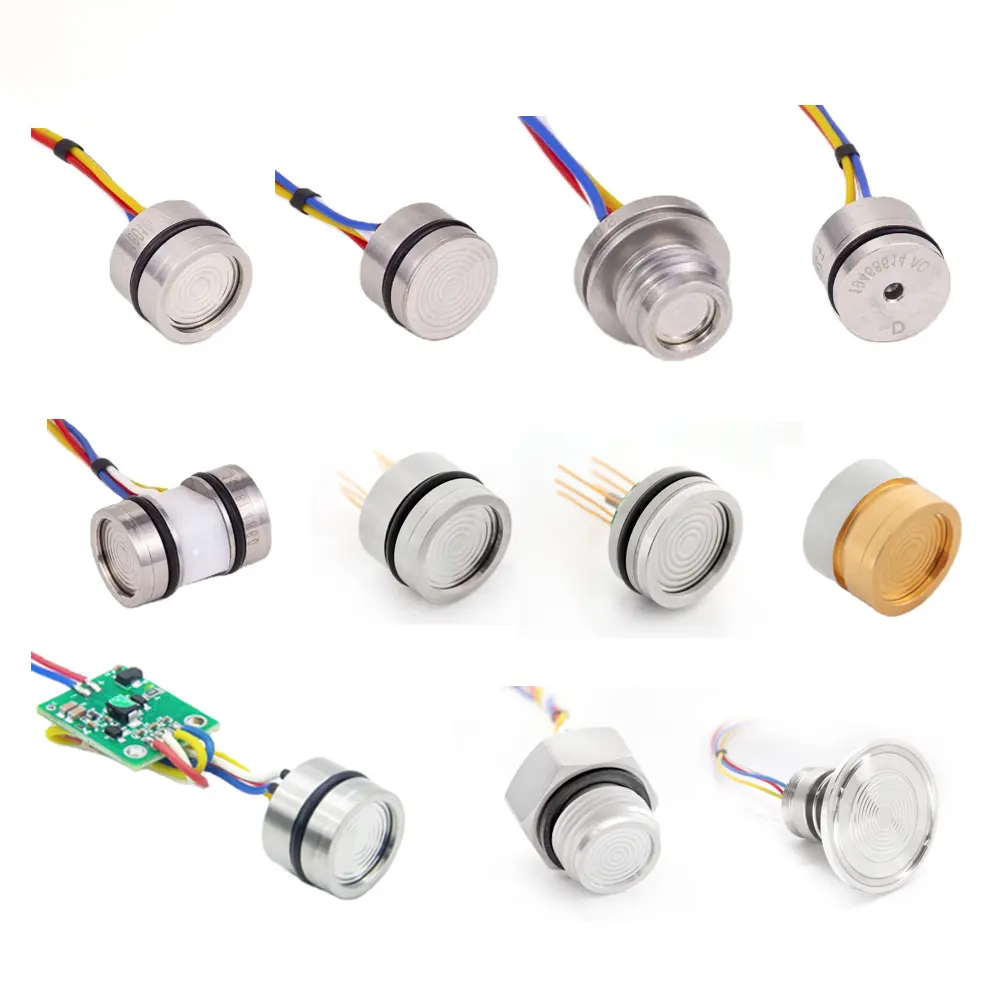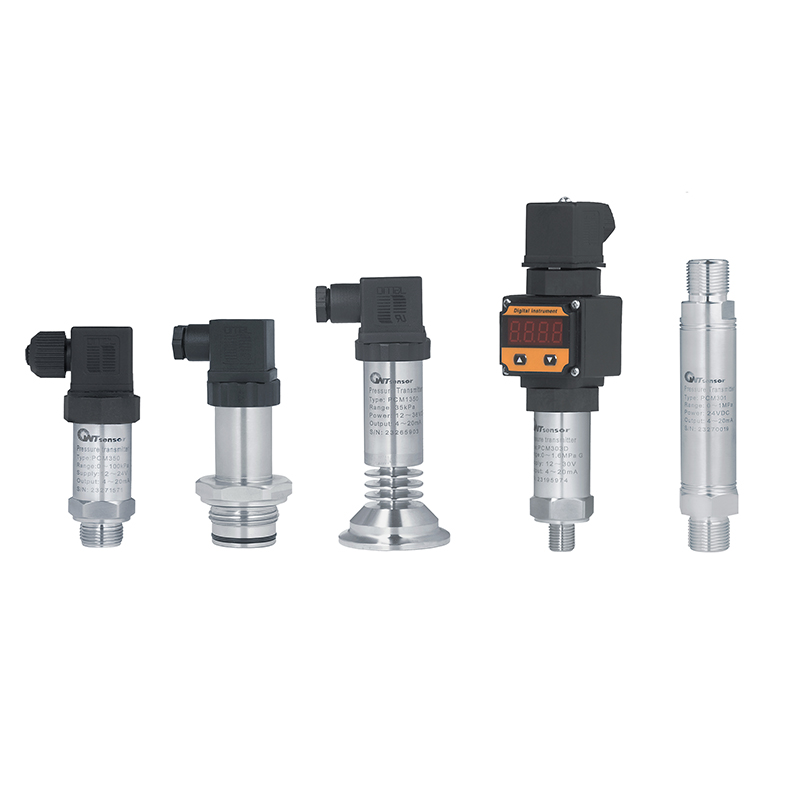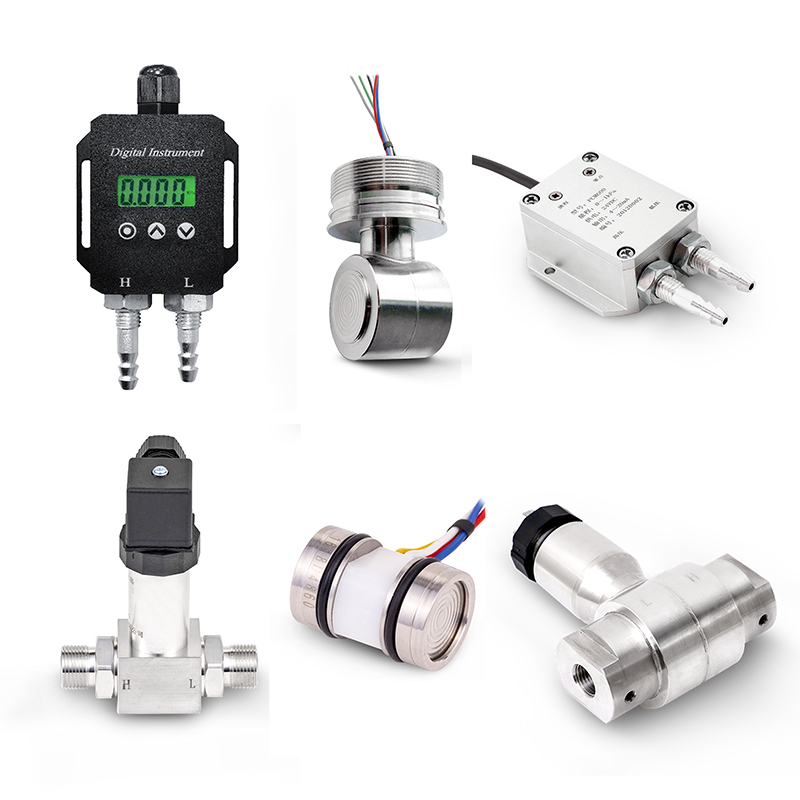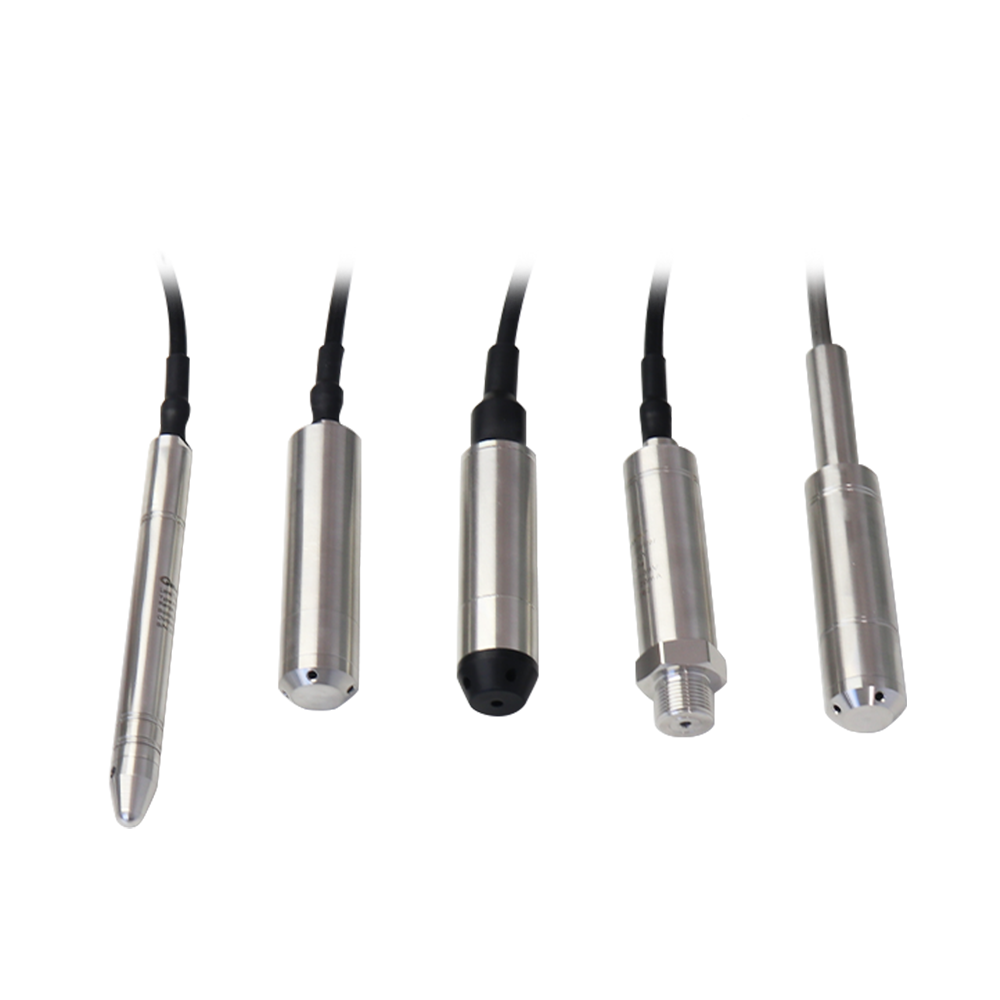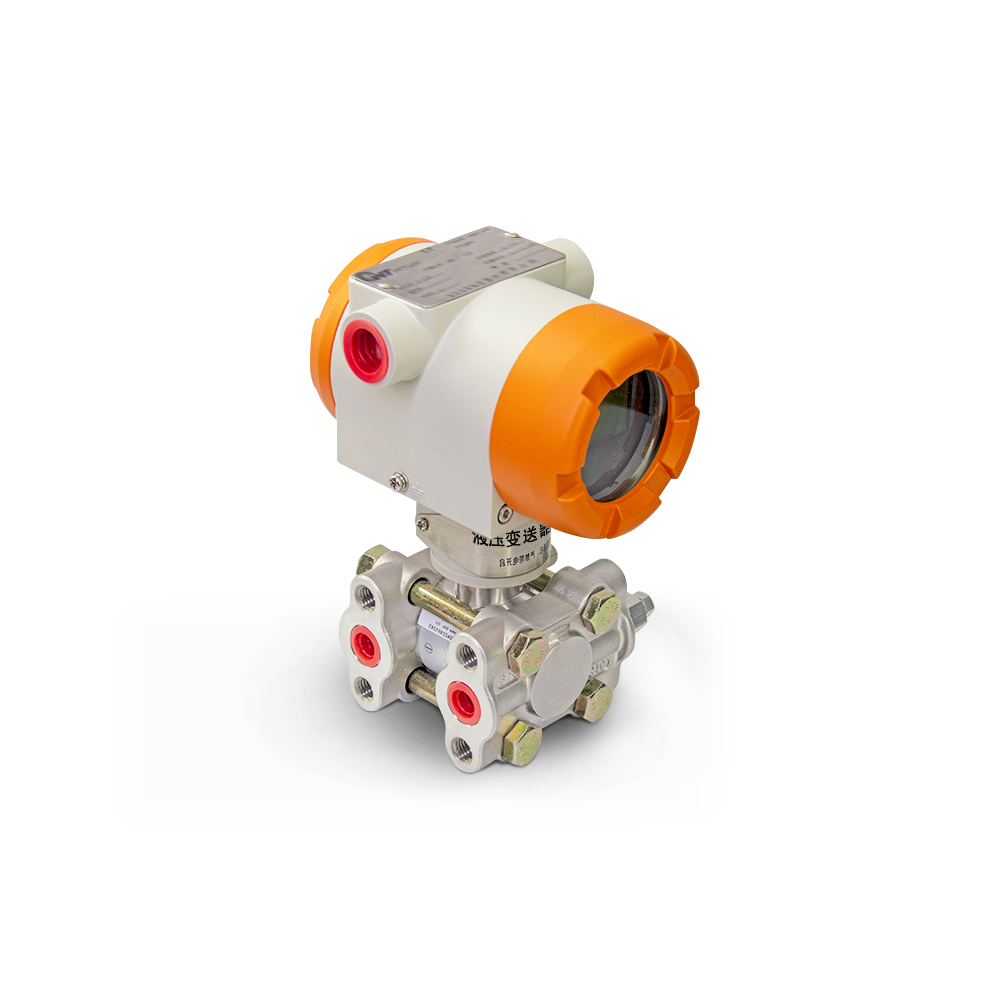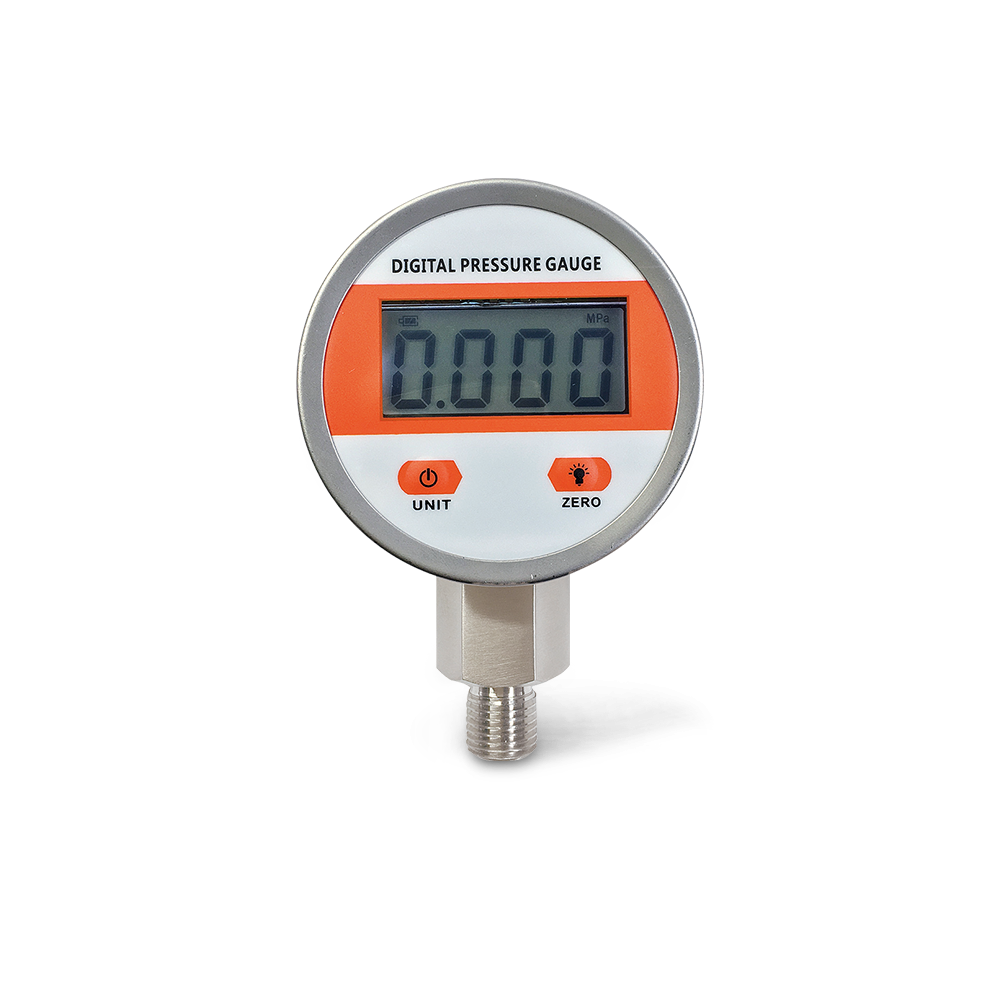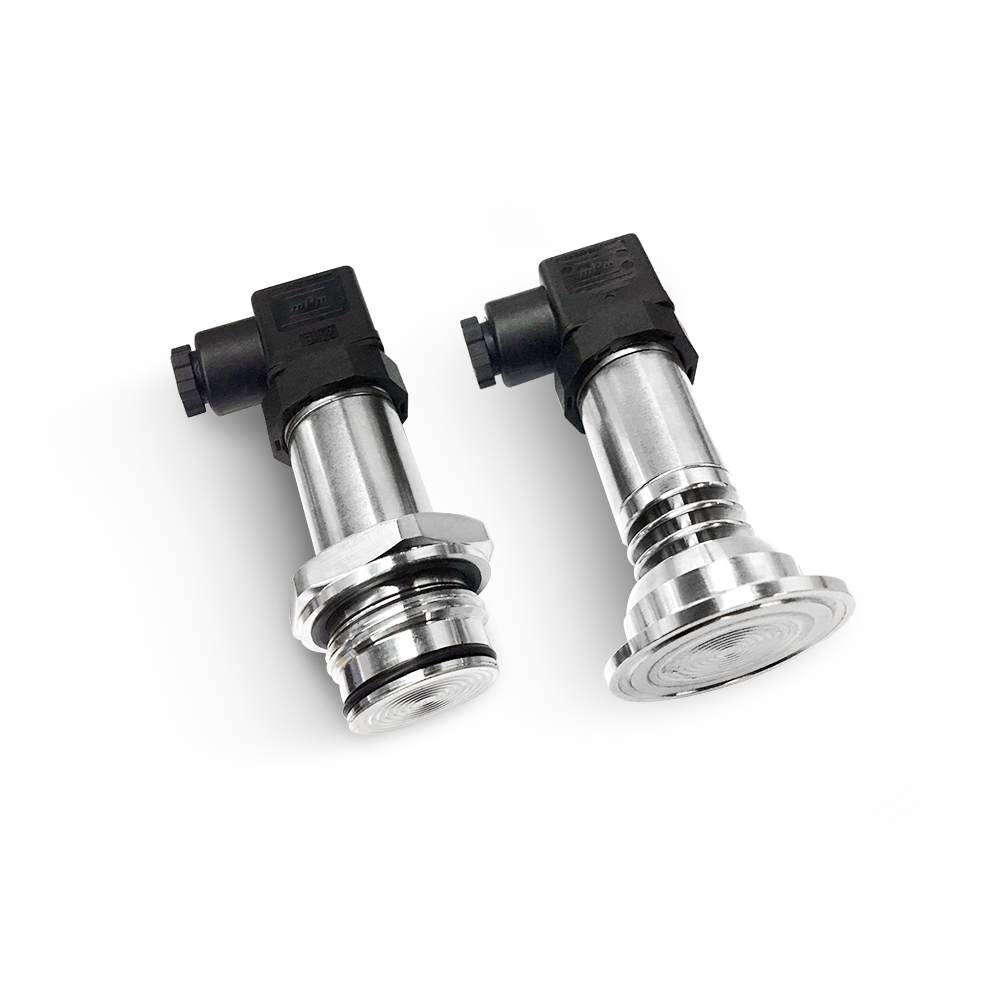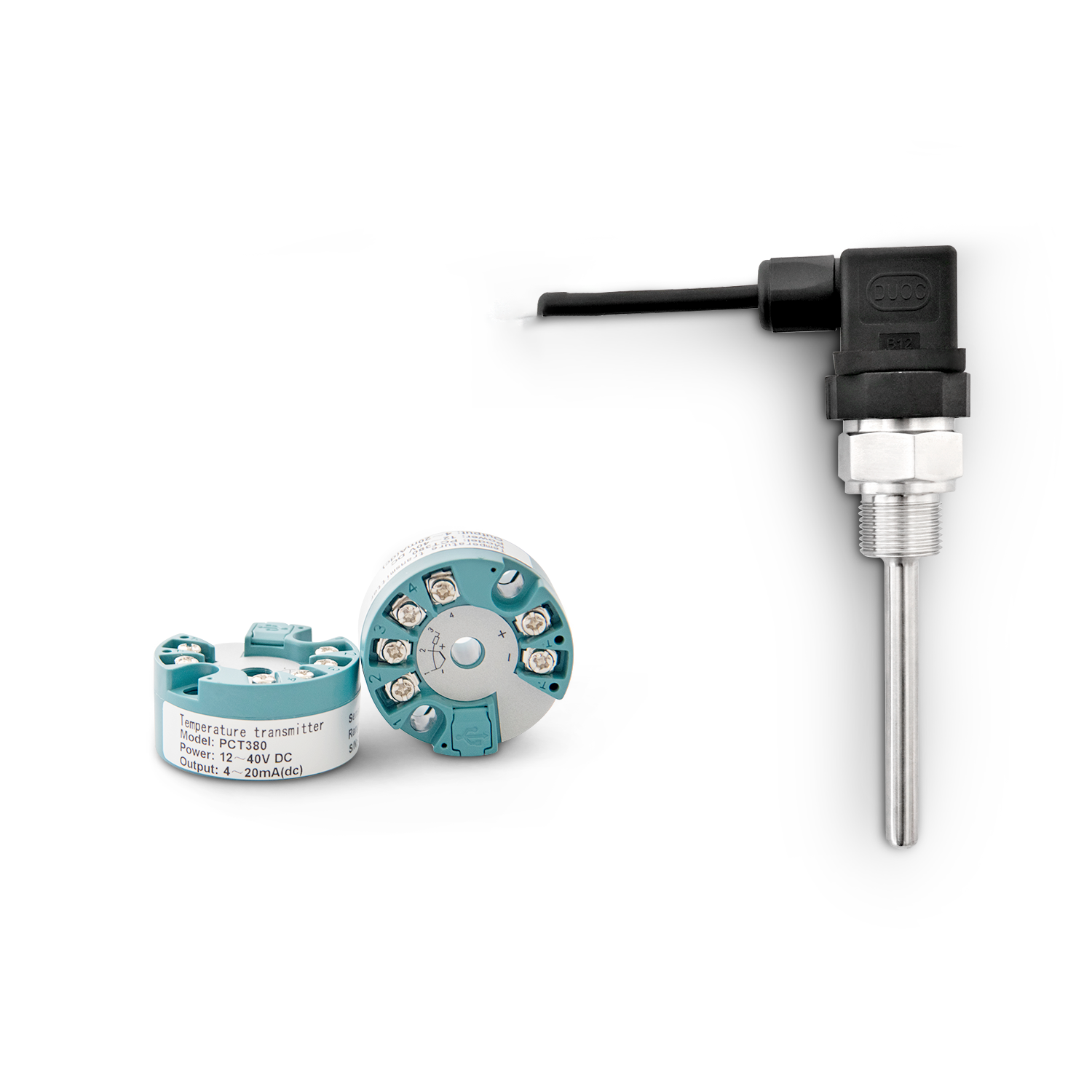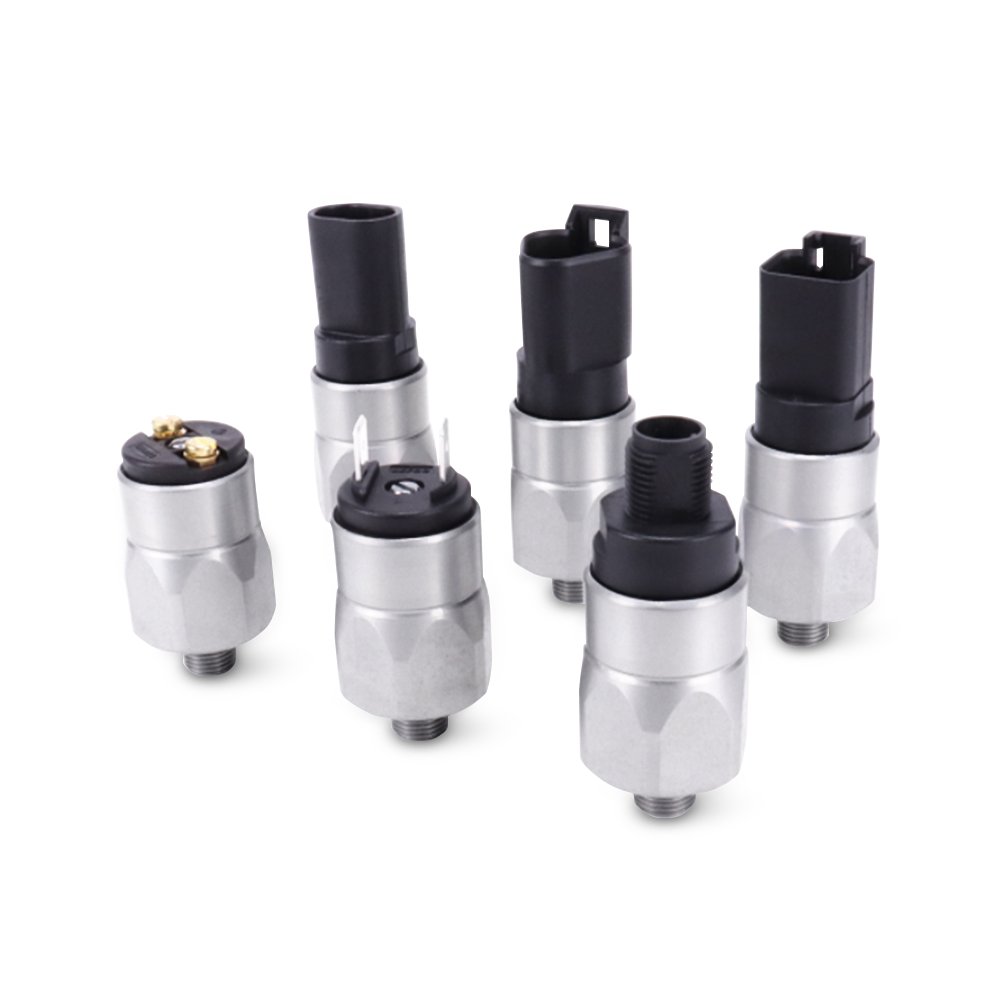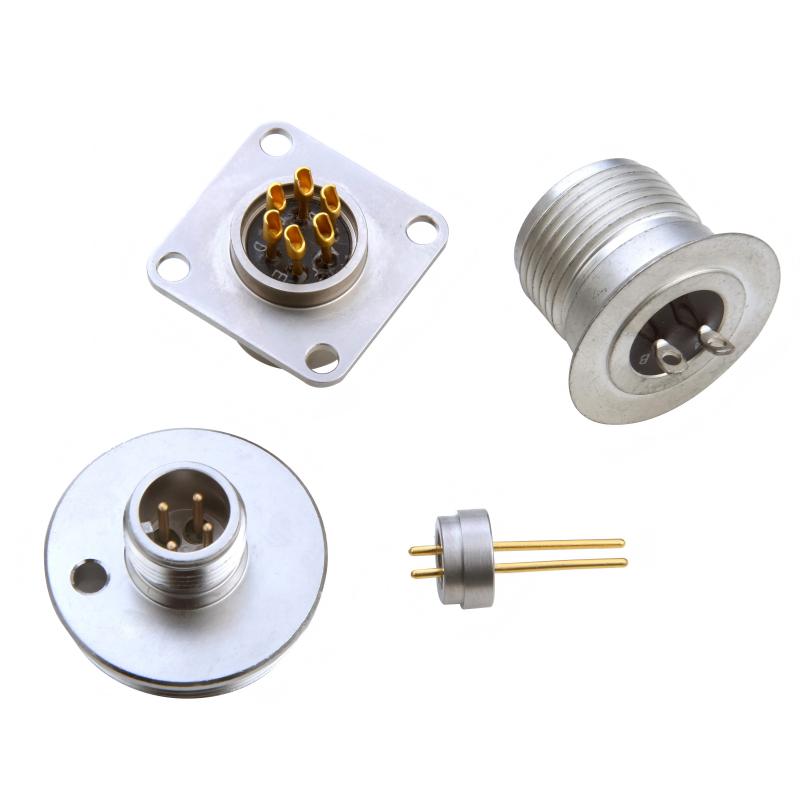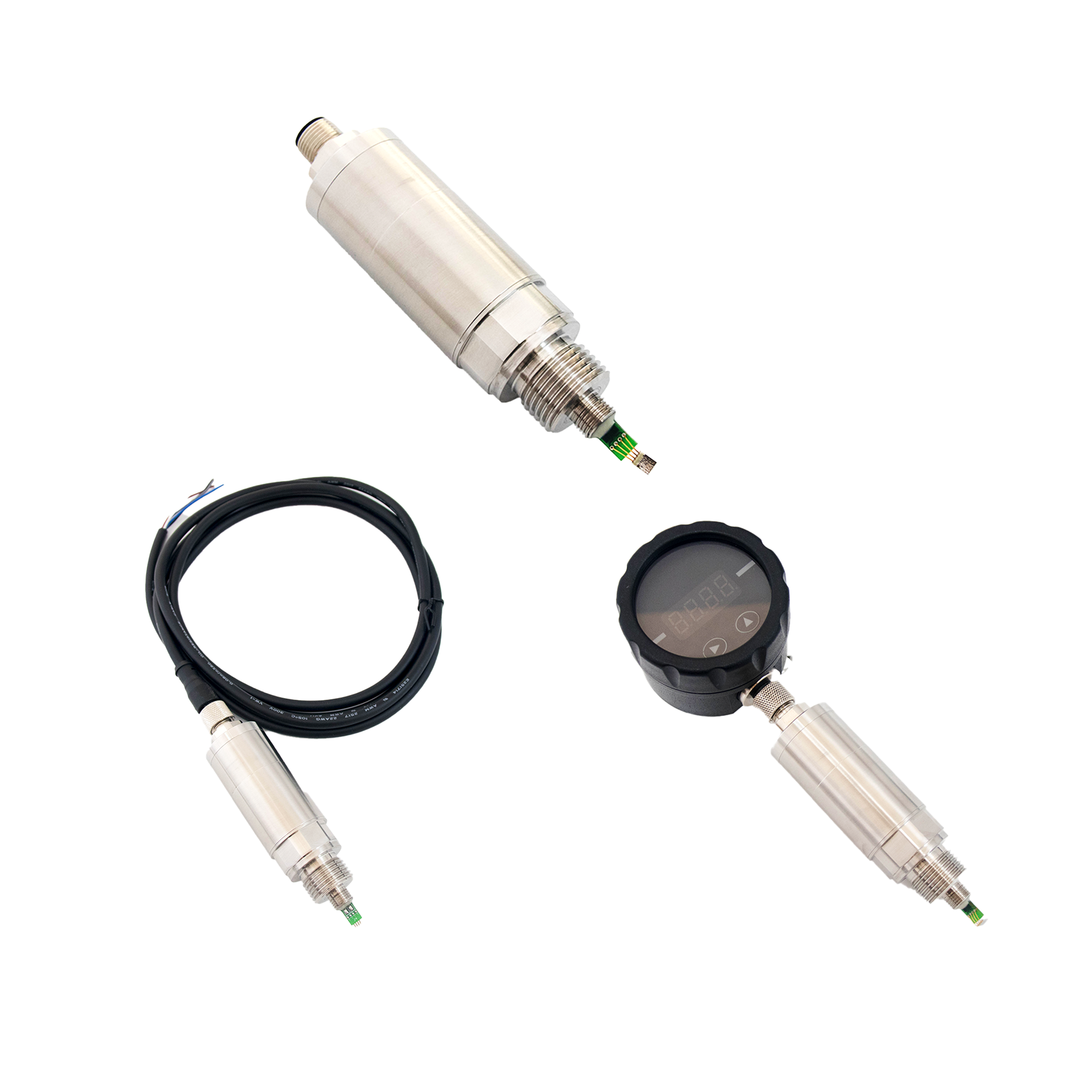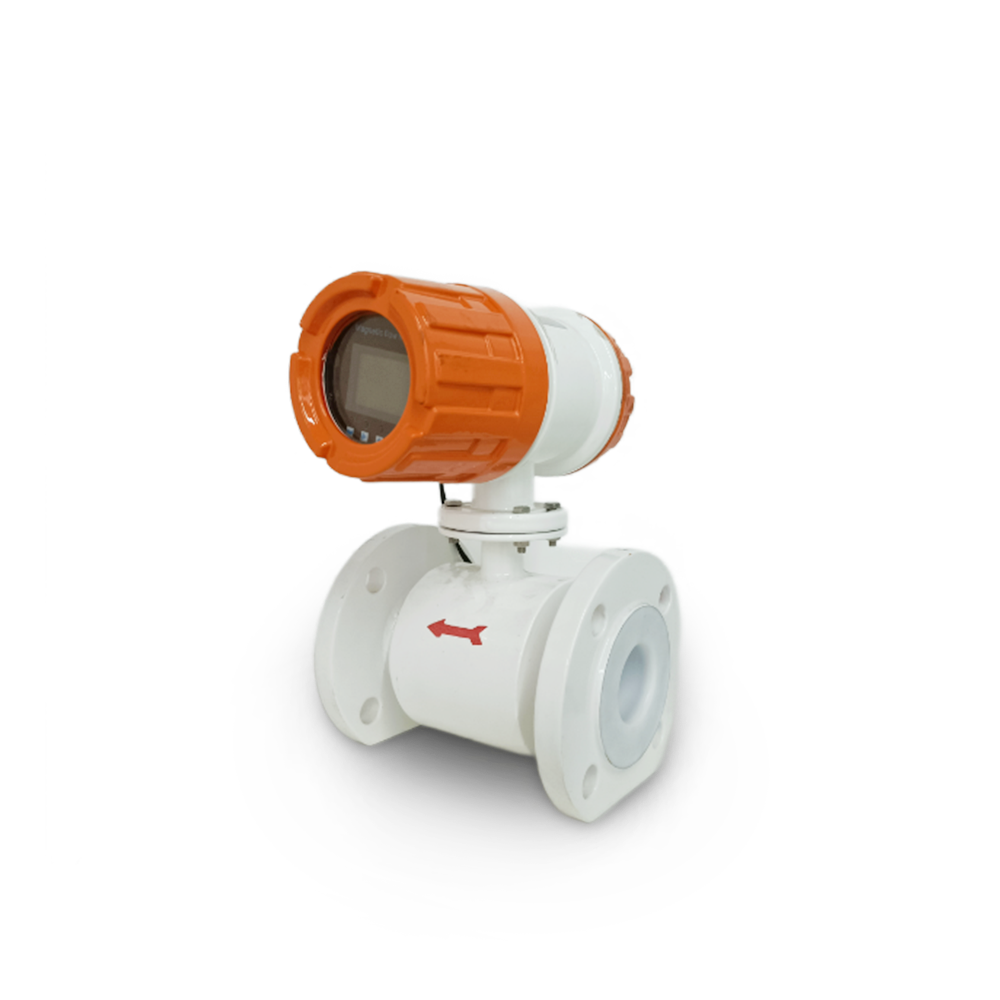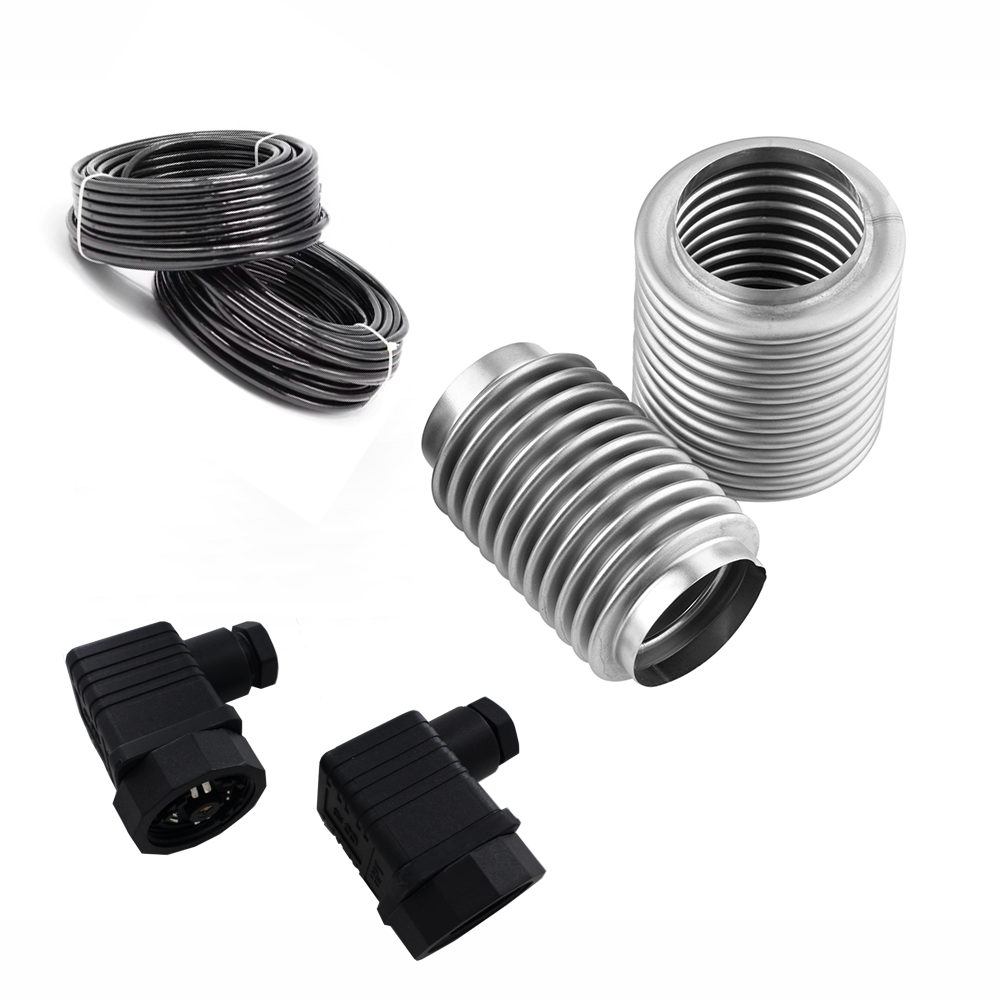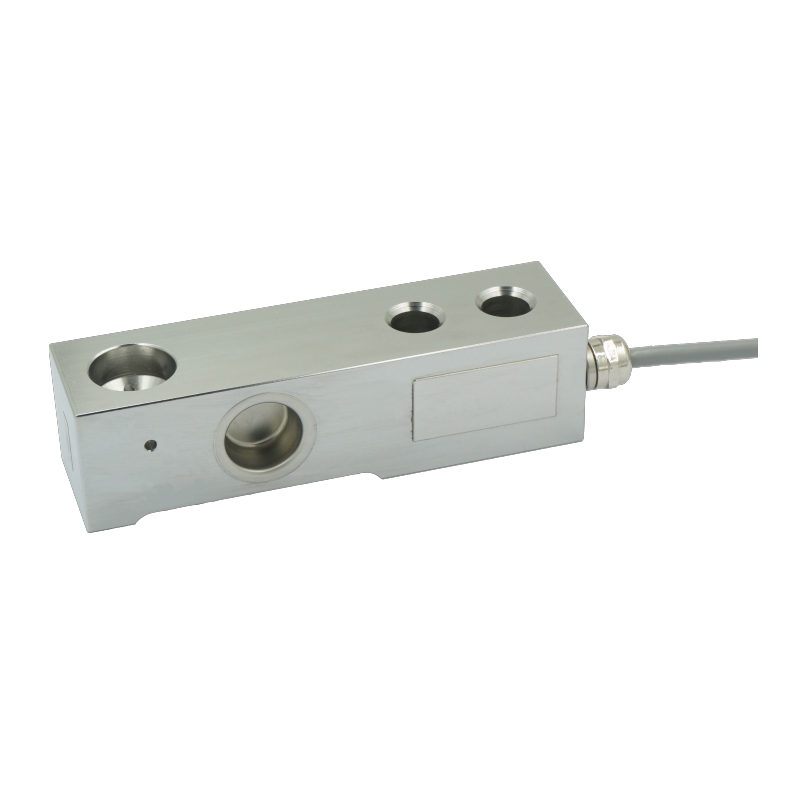[Wotian share] How to choose a temperature transmitter
From: Issued date 2020.02.05 Back
In the past five years, the number of temperature transmitters has increased dramatically. There are various types provided.It is worth of thinking that how to choose a transmitter, especially how to choose it according to system accuracy.
Temperature transmitters are traditionally divided into three categories: low-cost head-mountod, conventional, and smart. However, a new type of programmable head-mounted transmitter was announced. This transmitter is different from a field-configured transmitter in that it contains a microprocessor and can be accessed by an IBM PC computer.
Application of head-mounted transmitter
Analog and programmable head-mounted transmitters can be used in all process industries. Analog type transmitters are suitable for general applications due to their low price. However, strict electrical measurement occasions, especially EMI / RFI, need to be carefully considered. When accuracy is an important indicator, consider choosing a programmable type.
In order of increasing prices, the next option is a conventional transmitter. In many parts of the world, the field-installed (fiEld-mounted) full analog type is an industrial standardized transmitter. In North America, people like to choose this type. They are larger and heavier than head-mounted models, rugged and durable, with explosion-proof housings and good performance.
In the pulp and paper industry, this type of transmitter is used for slaked quicklime. Heating is an important part of the re-causticizing process that converts calcium carbonate to calcium hydroxide and removes impurities from furnaces and kilns. The temperature control of the immature fluid is very strict. The re-calcined lime is fed into the aging device at a certain control speed. The aging device is at a high temperature and within a limited temperature range, and violent stirring promotes the rapid transformation of quick lime into mature lime.
The most expensive are smart transmitters. Smart temperature transmitters came out in 2987, when Rosomount introduced their 3044 smart series. Although similar in appearance to conventional transmitters, it incorporates microprocessor technology to improve performance. It provides digital communication, allowing the operator to test, diagnose and reconfigure the transmission remotely or directly from a control system, using a knob to connect to any point in the 4-20mA loop to achieve intelligent communication. The intelligent unit is also programmable, but is different in principle from the head-mounted type mentioned earlier. It is remotely accessible and has many enhanced functions.
Smart transmitters can also accept any standard sensing input. Like conventional transmitters, smart transmitters come with a sturdy field-installable housing and are designed for use in hazardous areas. However, due to the integration of digital electronics This provides higher accuracy, broad versatility, simple maintenance and better work efficiency.
Smart transmitters are often used in hazardous or inaccessible places, such as the chemical industry,
Has been used in thin film reactors. The temperature of these reactants and products cannot be directly measured because the components that are not inserted can be placed in the liquid vapor, and the temperature control is achieved by measuring the cooling water temperature difference with a smart transmitter.
Application of smart transmitter
During hydrocarbon processing, gas flow is usually monitored at the flow rate of the pipeline. Accurate temperature measurement can strictly adjust the measurement volume to a standard value, so intelligent digital technology should be applied.
In the pharmaceutical industry, the strict calibration and accurate reporting of the instrument is extremely important. The key issue is calibration. If a calibration cycle is 3 months, if the transmitter is found not to meet the standard, then all production records since 3 months need to review and scrap in batches. The smart transmitter can self-test in real time, so when an unconventional situation such as a sensor failure occurs, an alarm is immediately indicated.
There is a lot of choice for the temperature measuring instrument. The types of transmitters mentioned here can meet most of the needs. Therefore, there is inevitably some overlap in the application range. In order to choose the appropriate product, it is necessary to understand. In general, the use of intelligent transmitters can greatly save maintenance costs.
Important parameters of temperature transmitter
Accuracy has always been considered as a critical parameter, so it can be made transparent from a system point of view. Here, we must consider the transmitter and sensor as a complete system, and the choice of sensor type becomes the most critical factor in determining performance. Material compatibility, thermal conversion and thermal expansion properties, as well as accuracy, response time, resistance change, sensor size and range all have an impact on the type of sensor selected.
The last point is worth emphasizing. It is the best method to estimate the applicability of the real system according to the total cost. The total cost mentioned here refers to the cost during the life of the transmitter. Related total costs.

